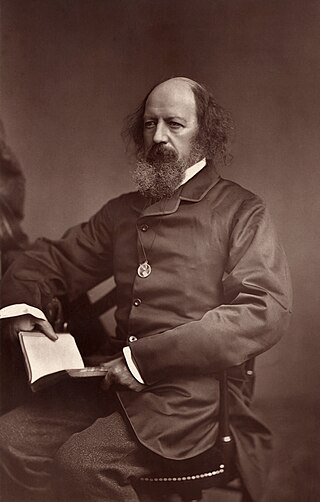
Alfred Tennyson, 1st Baron Tennyson was an English poet. He was the Poet Laureate during much of Queen Victoria's reign. In 1829, Tennyson was awarded the Chancellor's Gold Medal at Cambridge for one of his first pieces, "Timbuktu". He published his first solo collection of poems, Poems, Chiefly Lyrical, in 1830. "Claribel" and "Mariana", which remain some of Tennyson's most celebrated poems, were included in this volume. Although described by some critics as overly sentimental, his verse soon proved popular and brought Tennyson to the attention of well-known writers of the day, including Samuel Taylor Coleridge. Tennyson's early poetry, with its medievalism and powerful visual imagery, was a major influence on the Pre-Raphaelite Brotherhood.

Ned Miller Rorem was an American composer of contemporary classical music and a writer. Best known for his art songs, which number over 500, Rorem was considered the leading American of his time writing in the genre. Frequently described as a neoromantic composer, he showed limited interest in the emerging modernist aesthetic of his lifetime. As a writer, he kept—and later published—numerous diaries in which he spoke candidly of his exchanges and relationships with many cultural figures of America and France.
A Shropshire Lad is a collection of sixty-three poems by the English poet Alfred Edward Housman, published in 1896. Selling slowly at first, it then rapidly grew in popularity, particularly among young readers. Composers began setting the poems to music less than ten years after their first appearance, and many parodists have satirised Housman's themes and poetic style.

The Serenade for Tenor, Horn and Strings, Op. 31, is a song cycle written in 1943 by Benjamin Britten for tenor, solo horn and a string orchestra. Composed during the Second World War at the request of the horn player Dennis Brain, it is a setting of a selection of six poems by English poets on the subject of night, including both its calm and its sinister aspects. The poets Britten chose to set for the Serenade range from an anonymous 15th-century writer to poets from the 17th, 18th and 19th centuries.
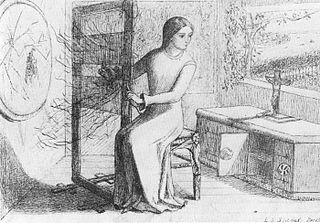
"The Lady of Shalott" is a lyrical ballad by the 19th-century English poet Alfred Tennyson and one of his best-known works. Inspired by the 13th-century Italian short prose text Donna di Scalotta, the poem tells the tragic story of Elaine of Astolat, a young noblewoman stranded in a tower up the river from Camelot. Tennyson wrote two versions of the poem, one published in 1832, of 20 stanzas, the other in 1842, of 19 stanzas, and returned to the story in "Lancelot and Elaine". The vivid medieval romanticism and enigmatic symbolism of "The Lady of Shalott" inspired many painters, especially the Pre-Raphaelites and their followers, as well as other authors and artists.

The poem "In Memoriam A.H.H." (1850) by Alfred, Lord Tennyson, is an elegy for his Cambridge friend Arthur Henry Hallam, who died of cerebral haemorrhage at the age of twenty-two years, in Vienna in 1833. As a sustained exercise in tetrametric lyrical verse, Tennyson's poetical reflections extend beyond the meaning of the death of Hallam, thus, "In Memoriam" also explores the random cruelty of Nature seen from the conflicting perspectives of materialist science and declining Christian faith in the Victorian Era (1837–1901), the poem thus is an elegy, a requiem, and a dirge for a friend, a time, and a place.
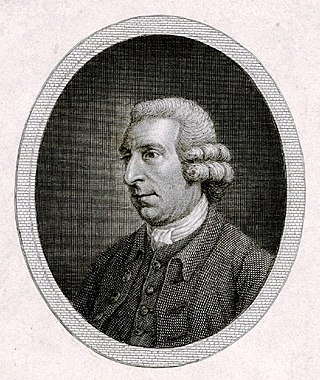
John Scott, known as Scott of Amwell, was an English landscape gardener and writer on social matters. He was also the first notable Quaker poet, although in modern times he is remembered for only one anti-militarist poem.
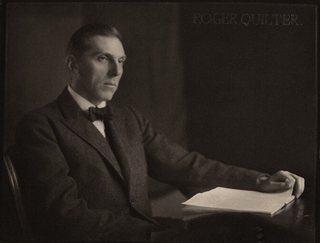
Roger Cuthbert Quilter was a British composer, known particularly for his art songs. His songs, which number over a hundred, often set music to text by William Shakespeare and are a mainstay of the English art song tradition.
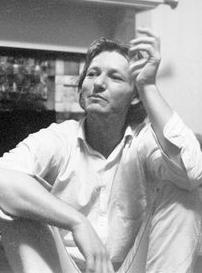
Kirby Doyle, born Stanton Doyle, was an American poet. He was featured in the New American Poetry anthology, with the so-called "third generation" of American modernist poets. He was one of the San Francisco Renaissance poets who laid the groundwork for Beat poetry in San Francisco. Doyle also wrote novels.
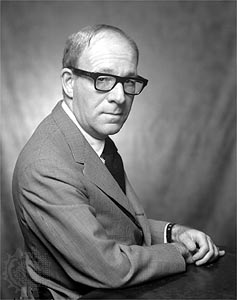
Howard Moss was an American poet, dramatist and critic. He was poetry editor of The New Yorker magazine from 1948 until his death and he won the National Book Award in 1972 for Selected Poems.
"The Swimmer" is a poem by the Australian poet Adam Lindsay Gordon. The poem is from his last volume of poems Bush Ballads and Galloping Rhymes published in 1870, when he was living at Melbourne. In The Poems of Adam Lindsay Gordon, it is grouped among "Poems Swinburnian in Form and Pessimism, but full of the Personality of Gordon."
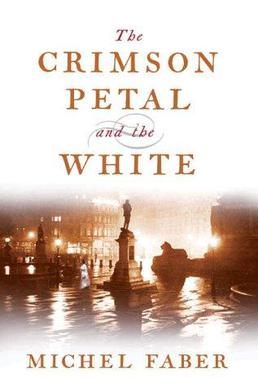
The Crimson Petal and the White is a 2002 novel by Michel Faber set in Victorian England.
Nocturne, Op. 60, is a song cycle by Benjamin Britten, written for tenor, seven obbligato instruments and strings. The seven instruments are flute, cor anglais, clarinet, bassoon, harp, French horn and timpani.

The Princess is a serio-comic blank verse narrative poem, written by Alfred Tennyson, published in 1847. Tennyson was Poet Laureate of the United Kingdom from 1850 to 1892 and remains one of the most popular English poets.
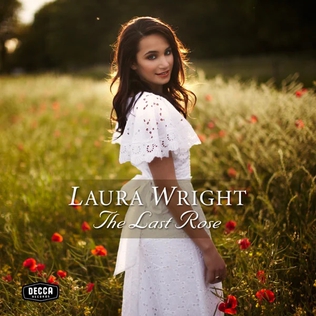
The Last Rose is the debut studio album by contemporary classical vocalist Laura Wright. It was released on 25 July 2011 by Decca Records.
The AIDS Quilt Songbook is an ongoing collaborative song-cycle with subsequent additions responding to the stigma surrounding, ignorance of, and grief caused by the spread of HIV/AIDS, serving as a companion work to the NAMES Project AIDS Memorial Quilt. While its original printed edition consists of 18 songs with texts and music by American poets and composers, as a whole it includes numerous uncollected works.

"Träd fram du nattens gud", "Aftonkväde", or Fredmans sånger no. 32 is a nature-lyrical Swedish song by Carl Michael Bellman, a nocturne in the style of Edward Young's Night-Thoughts.

The Lordly Hudson is a poem and 1962 book of collected poetry by Paul Goodman.
"The Kraken" is a sonnet by Alfred Tennyson (1809–1892) that describes the Kraken, a mythical creature. It was published in Tennyson's Poems, Chiefly Lyrical (1830).














